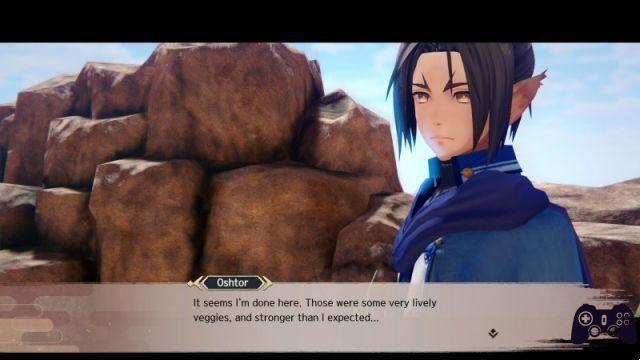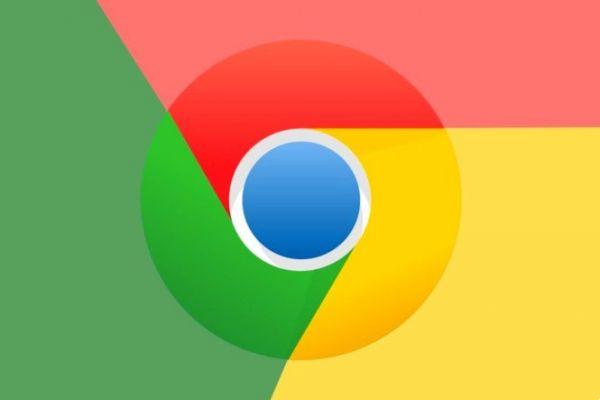
It's frustrating when Chrome keeps crashing. If you can't even open it or if Chrome crashes on certain websites, you may be tempted to switch to another browser like Firefox. But don't do it yet. We will show you the solutions for frequent Chrome crashes and how to get your browser back to a stable state.
Google Chrome Not Responding: Troubleshooting
When Chrome crashes or freezes, first try to restart it completely. To do this, go to Menu> Exit or press Ctrl + Shift + Q. Then reopen Chrome and see if the problem improves. If you click on the X in the top right corner, Chrome will continue to run in the background if you have this option enabled.

Next, you should review how much you have open in Chrome. If your computer is low on RAM (often a problem with Chrome due to high memory usage), it could cause websites to crash. Try closing any tabs you're not using, suspending any Chrome downloads, and closing other programs running on your computer.
If none of the above solutions seem to work, you need to restart your computer. As you may know, restarting fixes a lot of problems and could fix any temporary Chrome quirks.
Finally, it's a good idea to check for Chrome updates in Menu> Help> About Google Chrome. New versions can correct the problems.
Google Chrome keeps crashing - advanced fixes
If the previous steps didn't fix the problem, continue with these other methods.
Disable extensions
Next, check the installed extensions on the Menu> More Tools> Extensions page. Disable or remove anything you don't actively use. Having too many extensions can bog down your browser, while malicious extensions can interfere with the functioning of Chrome.
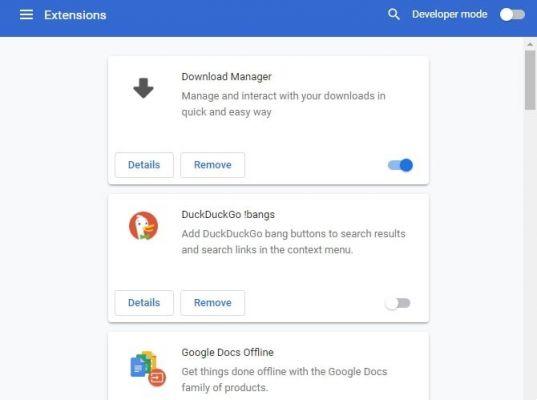
If you have a lot of extensions and don't want to disable them all manually, try opening an Incognito window. By default, disable all extensions. By visiting the website in question while incognito, it is easier to determine if an extension is at fault.
Malware scan
While not all Chrome problems are caused by malware, it's worth ruling out that it's not a virus before proceeding. A malicious program could compromise your browser's security or network settings and cause connection problems. Chrome has a built-in malware scanner, but it's best to scan with Malwarebytes for a deeper check.
Check for app conflicts
Chrome has a new feature that lets you know if other apps on your PC may be breaking its functionality. To access it, go to Menu> Settings and click Advanced at the bottom of this page.
Scroll all the way down for update or remove incompatible applications and Chrome will show you all the problematic apps.
Whether or not you remove them is up to you. For example, it's not worth removing Malwarebytes even though Chrome says it can cause problems. Malwarebytes blocks dangerous websites and protects you from malware damage.
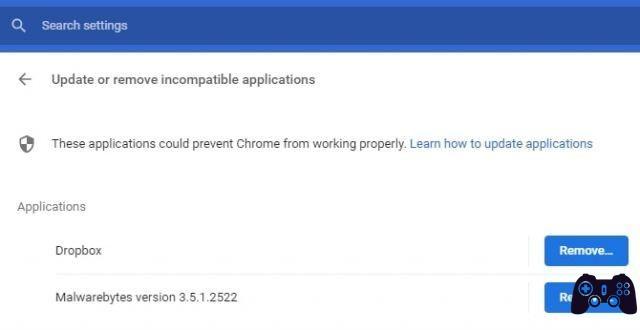
Try another browser
If you can't load a specific site, you need to know if the problem is with Chrome only or all browsers. Open another browser, such as Firefox or Edge, and see if that website gives a similar error.
If it does, that specific site is likely having problems. You will have to wait for it to fix the problems; perhaps by contacting the website owner via social media to let them know.
But if the website loads fine in other browsers, the problem lies with Chrome. Continue the steps below for more troubleshooting information.
Disable hardware acceleration
Hardware acceleration is a feature that offloads heavy work to another component instead of the CPU. Often, this switches to graphics tasks at your GPU. Enabling this can help Chrome run smoother, but it can also cause problems in some cases.
If you continue to experience Google Chrome freezing after trying the above fixes, you need to turn off hardware acceleration and see there is a difference. To do this, go to Menu> Settings> Advanced and deactivate Use hardware acceleration if available.
Try another profile and reinstall Chrome
At this point, your copy of Chrome may have serious problems causing it to freeze or crash. Try creating a new profile. If that doesn't fix it, you need to reset or reinstall Chrome.
You can use Chrome's built-in reset feature to get a new state without reinstalling. Go to Menu> Settings> Advanced> Reset settings to original values to use this tool. As Chrome says, this will restore everything but your saved bookmarks, history, and passwords.
For a complete removal of Chrome, you need to reinstall it correctly. Go to Settings> Apps> Apps and features and find Google Chrome in the list. Click and choose Uninstall. Then download a fresh copy of Chrome.
Google Chrome crashes for every website
If Chrome displays an error for every website you try to access, you probably have a problem with your internet connection. For this, we recommend that you follow our simple steps to diagnose network problems.
Here's how to fix the most common Wi-Fi problems
Chrome Crashing: Specific Errors
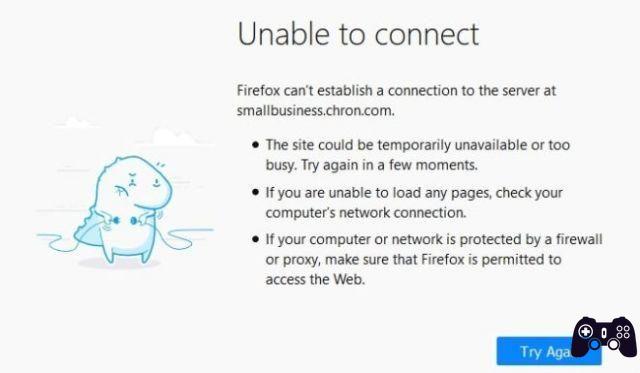
The troubleshooting tips above should work for most Chrome problems. For other cases, let's see what some common Chrome error messages mean and what you can do to fix them.
Some common Chrome errors include:
- ERR_NAME_NOT_RESOLVED: the web address does not exist. Check for typos in the URL.
- ERR_CONNECTION_REFUSED: the website did not allow your browser to connect. This can be caused by using a VPN.
- ERR_CONNECTION_RESET: la your connection was dropped. Try refreshing the page.
- ERR_CONNECTION_TIMED_OUT: page employs too long to load. This is because it is exceptionally busy, or your connection is too slow.
- Aw, Snap !: This usually appears when a webpage causes Chrome to crash for some reason. This could be due to a plug-in problem.
Always try to refresh the page with Ctrl + R or icon Update to the left of the address bar when you see these messages. You can also use Ctrl + Shift + R to ignore the cache and reload a new copy of the website.
As mentioned above, you should try to open an incognito window to open the websites showing errors. Since these do not save cookies or other browsing information, they are a useful tool for troubleshooting. If a site works incognito but not normally, delete the navigation data.
Further Reading:
- Chrome takes up a lot of iPhone space - How to fix
- Google Chrome doesn't load pages, 7 solutions
- Chrome shows blank page, 7 solutions
- How to restart Google Chrome browser
- 7 solutions for when Gmail notifications aren't working in Chrome on Windows 10





